(My latest for Catholic Ansers Magazine. Enjoy! — Cale)
A few weeks ago, while leading a pilgrimage tour to Israel, I couldn’t wait to bring the group to one of the greatest museums in the world: the Israel Museum in Jerusalem. Packed with artifacts from the biblical period, it’s a treasure trove for anyone interested in the material remains of salvation history.
The museum also houses one of the more important archaeological finds of recent years: an artifact that has bolstered our confidence in the veracity of the Old Testament accounts of the kingdom of David, his son Solomon, and their successors.
Biblical “minimalists” had long contended that King David did not actually preside over a kingdom that originated circa the tenth century B.C., as the Bible states. Indeed, these scholars alleged that David, Solomon, and in fact the entire line of Davidic kings chronicled in the Old Testament, are nothing more than fictional characters invented by the writers of the Hebrew scriptures.
In favor of the “minimalist” argument was the lack of any evidence of David’s existence outside the Bible.
But here’s where archaeology came to the rescue. During the 1993-94 excavations at Tel Dan, in northern Israel, a stele (a stone slab bearing an inscription) was unearthed. Made from basalt, a volcanic rock plentiful in the region, it bears an account of a military victory. Scholars have postulated that the inscription commemorates an Aramean king’s defeat of Israelite forces. It may have been commissioned by Hazael or Ben-Hadad III, his son (cf. 2 Kings 10:32, 13:3, 22; 2 Chron. 22:5).
The key line on the monument, the stunning find, is the mention of the “House of David.” There it was, written in stone—independent confirmation of David’s existence and of a line of kings so powerful that defeating armies from this “House” warranted a public brag of sorts on this stele, for all passersby to read and marvel at.
Analysis of the stele dates it to the mid-ninth century BC, right around the time when, according to Scripture, David’s dynasty would have been flourishing. It appears that the stele was broken by the Israelites after they recaptured the area some time later, and was eventually repurposed into building blocks for the city wall.
After this discovery, as chronicled by Craig Evans, the minimalists changed their approach. “Okay, okay,” they admitted, “maybe David existed after all. But he was a nobody. A local tribal chief, at best, certainly not the originator of the vast, Iron-Age kingdom described in the Old Testament.”
At this point, faced with what seems like special pleading, one is tempted to respond like Jerry Seinfeld: “Really? Really?”
But don’t despair—again, archaeology is our friend here.
First of all, if David had been merely a small-time local yokel, what on earth were his descendants doing fighting battles all the way up north, near the modern-day border that separates Israel and Syria, far from his allegedly tiny operation in Jerusalem?
Also, a vast, centralized complex of buildings—in all likelihood, a government compound—has been unearthed in the Old City of Jerusalem, and can be seen on tours today. It’s located in what’s known as the “City of David” and dates to approximately the tenth century B.C.; once more, the time when Scripture says that David and Solomon were establishing their empire. Again, this seems fairly excessive if we’re talking about an insignificant tribal chieftain, but it does fit the biblical narrative of David’s expansive realm.
To this our minimalist might say, “I’ll grant you that David existed, and perhaps he did preside over a significantly large kingdom, but we still can’t trust what the Bible says about him. The people of David’s time would not have been significantly literate enough to record his exploits or those of his descendants”.
This last objection is at least partially answered by—you guessed it—yet another archaeological discovery. In 2008, an ostracon (an inscribed piece of pottery) dating to the tenth century B.C. was disinterred at the ancient fortress city of Khirbet Qeiyafa, which was the only fortified Judahite city during the reigns of David and his predecessor, King Saul (in fact, the Qeiyafa ostracon is the only extant relic that mentions Saul).
The famed French epigrapher Émile Puech regards the inscription as the earliest writing narrating the transition of Israel from a people ruled by judges into a kingdom. It shows that the people living around David’s time were literate, and in fact, more than capable of recording (and passing on) the annals of David’s dynasty, such as we see in the biblical books of Kings and Chronicles.
The Tel Dan stele and the Qeiyafa ostracon are just two examples from the multitude of archaeological discoveries in Israel that have bolstered our understanding of, and in many cases substantiated the reliability of, biblical records of history. Since only roughly five percent of all biblical sites have been excavated to date (which is unbelievable considering how much has already been found), It’s truly exciting to think of how many more such finds may be unearthed in the years to come.


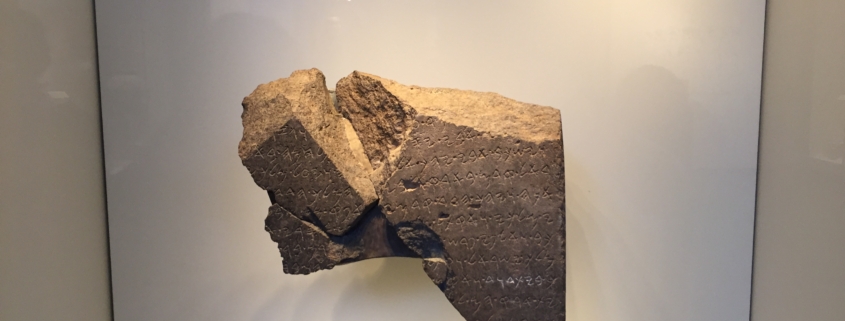

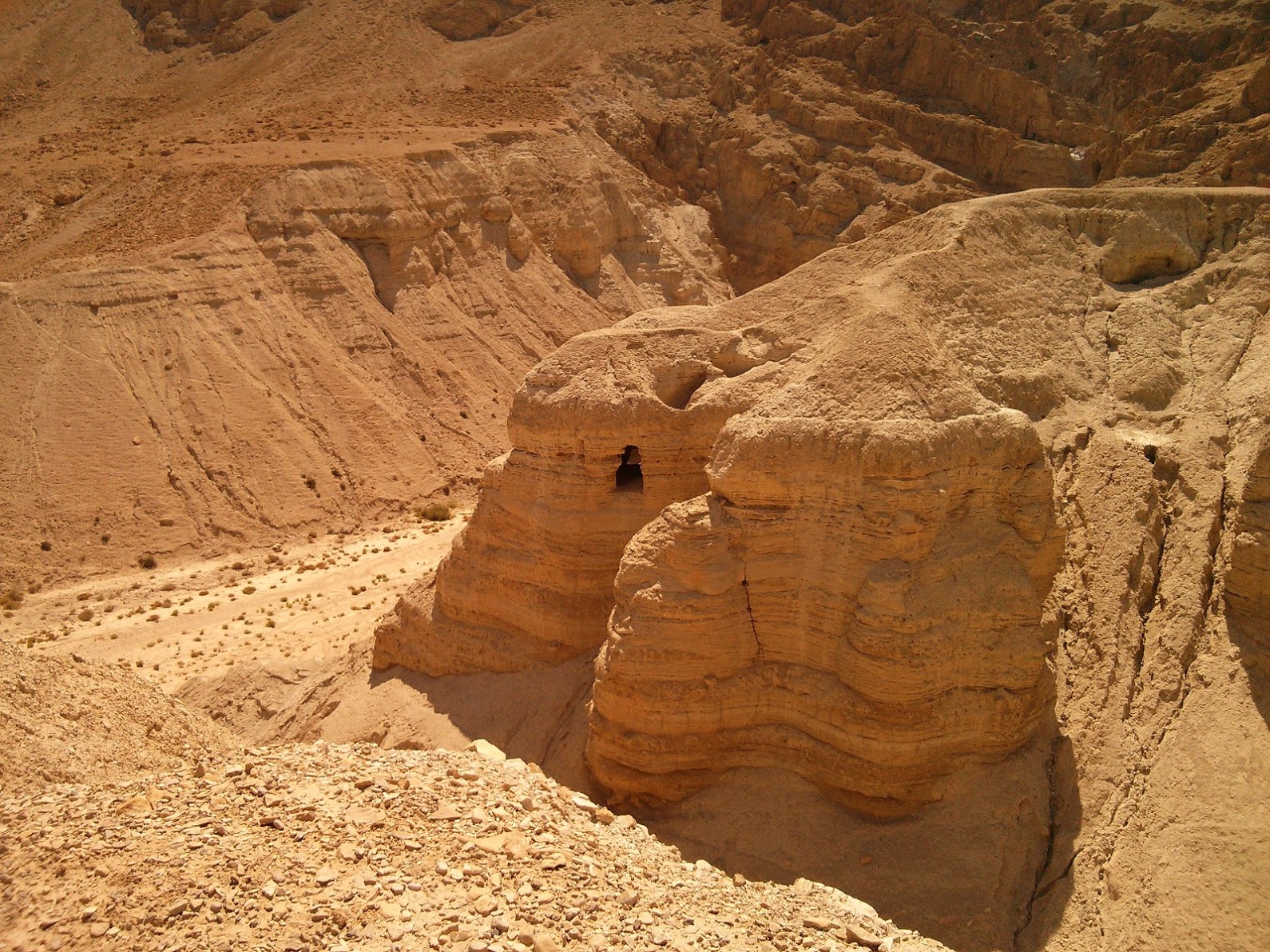
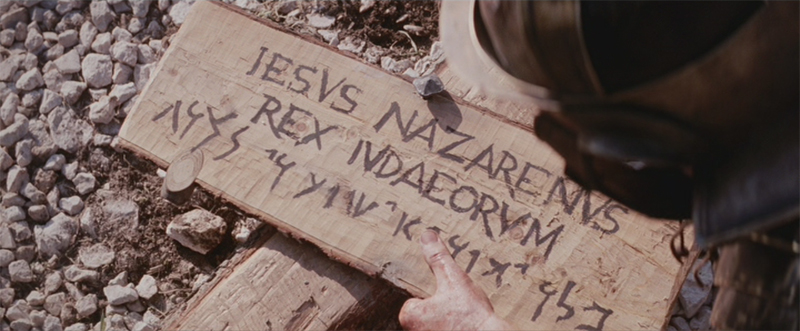 This Sunday, we celebrate the Solemnity of Jesus Christ, King of the Universe. This Sunday also marks the end of the liturgical year. In today’s Gospel (Luke 23:35-43), we read about the crucifixion of Jesus. Speaking of Jesus’ kingship, Luke here mentions the titulus (Latin for “title”, referring here to the the inscription above Jesus’ cross) that read, “This is the King of the Jews”.
This Sunday, we celebrate the Solemnity of Jesus Christ, King of the Universe. This Sunday also marks the end of the liturgical year. In today’s Gospel (Luke 23:35-43), we read about the crucifixion of Jesus. Speaking of Jesus’ kingship, Luke here mentions the titulus (Latin for “title”, referring here to the the inscription above Jesus’ cross) that read, “This is the King of the Jews”.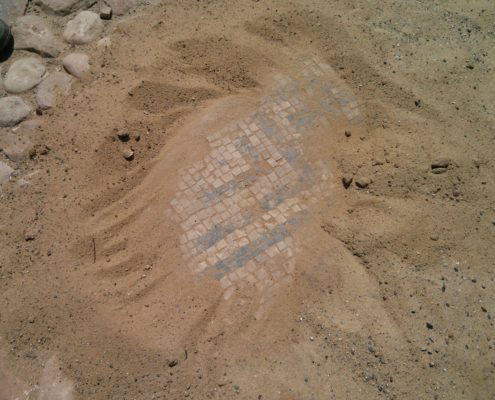 On this Feast Day of St. Mary Magdalene, I thought I’d let you know about the incredible excavation going on at her hometown – Magdala, known as Migdal in Hebrew. In 2013 and 2014, I had the privilege of visiting the work at Migdal, along with Dr. Craig Evans, Greg Monette, Dwight Crowell and Jesse Richards. Migdal, which was built just next to the Sea of Galilee, is an incredible archaeological find – it’s unique in that the entire first-century town has been unearthed.
On this Feast Day of St. Mary Magdalene, I thought I’d let you know about the incredible excavation going on at her hometown – Magdala, known as Migdal in Hebrew. In 2013 and 2014, I had the privilege of visiting the work at Migdal, along with Dr. Craig Evans, Greg Monette, Dwight Crowell and Jesse Richards. Migdal, which was built just next to the Sea of Galilee, is an incredible archaeological find – it’s unique in that the entire first-century town has been unearthed.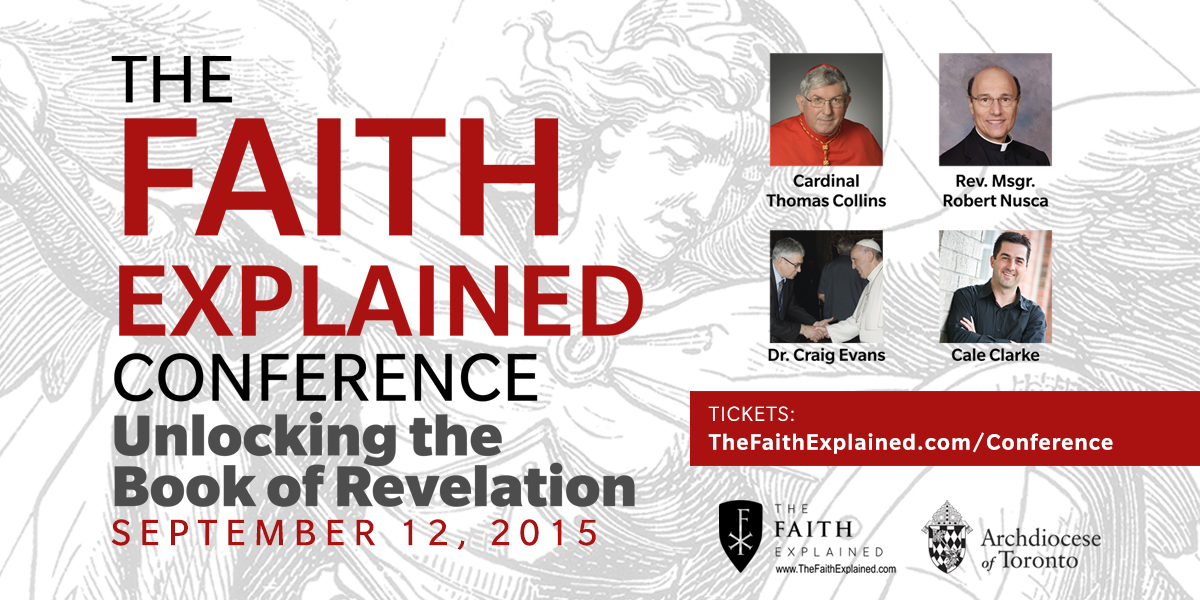 Tickets are now available for The Faith Explained Conference: Unlocking the Book of Revelation on Saturday, September 12. You can get them at
Tickets are now available for The Faith Explained Conference: Unlocking the Book of Revelation on Saturday, September 12. You can get them at 
 Folks, there is still a bit of time left to order tickets for The Faith Explained Conference online at this link:
Folks, there is still a bit of time left to order tickets for The Faith Explained Conference online at this link: 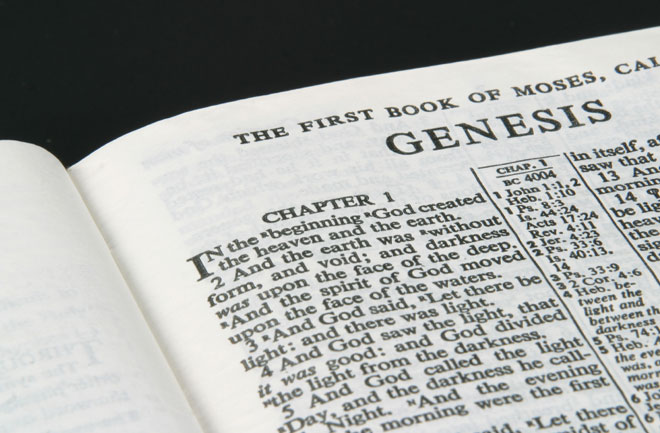 You’ve no doubt heard about The Faith Explained Conference this Saturday, Sept. 27, featuring Cardinal Thomas Collins, Dr Craig Evans, and me. If you don’t have tickets yet, grab them at this link:
You’ve no doubt heard about The Faith Explained Conference this Saturday, Sept. 27, featuring Cardinal Thomas Collins, Dr Craig Evans, and me. If you don’t have tickets yet, grab them at this link: 